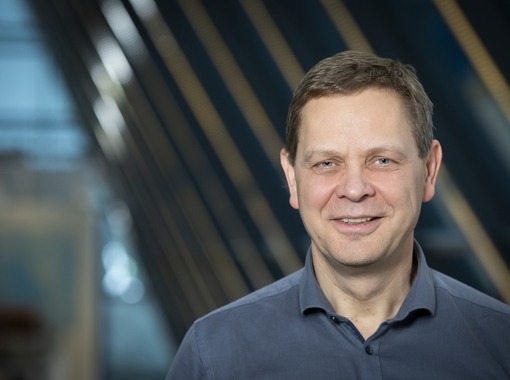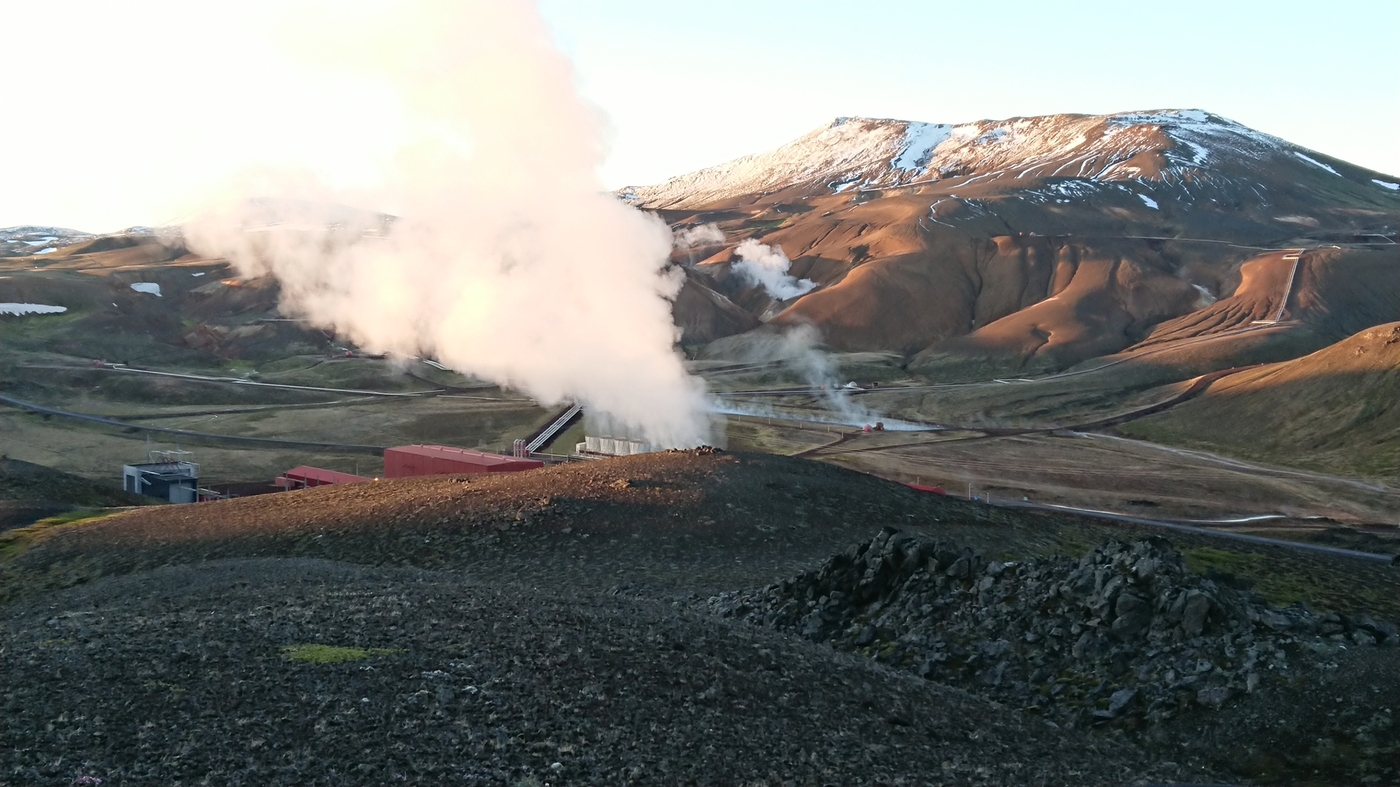Extensive geophysical surveys are now taking place in the large central volcano Krafla in northeast Iceland, as a part of the EU-funded Marie-Curie ETN project IMPROVE. One of the main aims of this work within IMPROVE is to try to better understand the relationship between the magma in the roots of Krafla and the overlying geothermal system.
The current research effort in Krafla will continue until early July. There are 30-40 people working on the measurements. The largest effort is being put into detailed studies of earthquake activity and surveys of the resistivity of the area. The experiments aim at finding with greater accuracy than has been possible before the places where magma lies at shallow depth. Other surveys include studying surface deformation, variations in gravity, the chemistry of the geothermal fluid, flow of CO2 and other aspects of the geothermal activity.
Extensive collaboration
IMPROVE is a consortium of 12 Universities and research institutions in Europe. The project is led by the Italian Volcanological Institute (INGV) while the Iceland part is led by the Institute of Earth Sciences, University of Iceland. Landsvirkjun is also an active partner in the project. IMPROVE is an ETN training network, funded through the Marie Curie Program of the EU. IMPROVE has 15 PhD students who are distributed between nine Universities and Research Institutions, including two at the University of Iceland. Out of the 15 PhD students, nine do their projects on Krafla, six on the volcano Etna on Sicily. For more details see here.
"The largest effort is being put into detailed studies of earthquake activity and surveys of the resistivity of the area," says Magnús Tumi Gudmundsson, Professor of Geophysics at the University of Iceland's Institute of Earth Sciences, but two of the 15 PhD students working on the project are from the University of Iceland.

Global widespread interest
Krafla is one of the most extensively studied volcanoes in the world and there is widespread interest in Krafla globally.
The reasons for this interest are:
- The Krafla fires 1975-1984 – the first time that plate spreading with the associated formation of dykes could be studied in detail.
- Krafla is one of the best studied geothermal areas in the world.
- A geothermal power plant has been operated in Krafla for decades.
- Magma has been drilled into at 2.1 km depth.
- There are plans for drilling into the magma and install instruments to study it. This effort is being prepared by an international consortium (the Krafla-Magma-Testbed).
Efforts aimed at Etna - the most active volcano in Europe
In addition to Krafla, the research efforts within IMPROVE are aimed at Etna on Sicily. Etna is the largest volcano in Europe and the most active. Eruptions are very frequent with lava flowing down the slopes and occasionally there is fallout of tephra. Many people live near Etna and intense monitoring is needed to minimize hazards.
In addition to basic research the IMPROVE project puts emphasis on enhancing the collaboration between scientists and companies in the field of geothermal utilization.
On June 28 between 17 and 19, an open day will be held in the community centre Skjólbrekka at Mývatn. Everybody is welcome to the open day where the research within IMPROVE will be explained.




